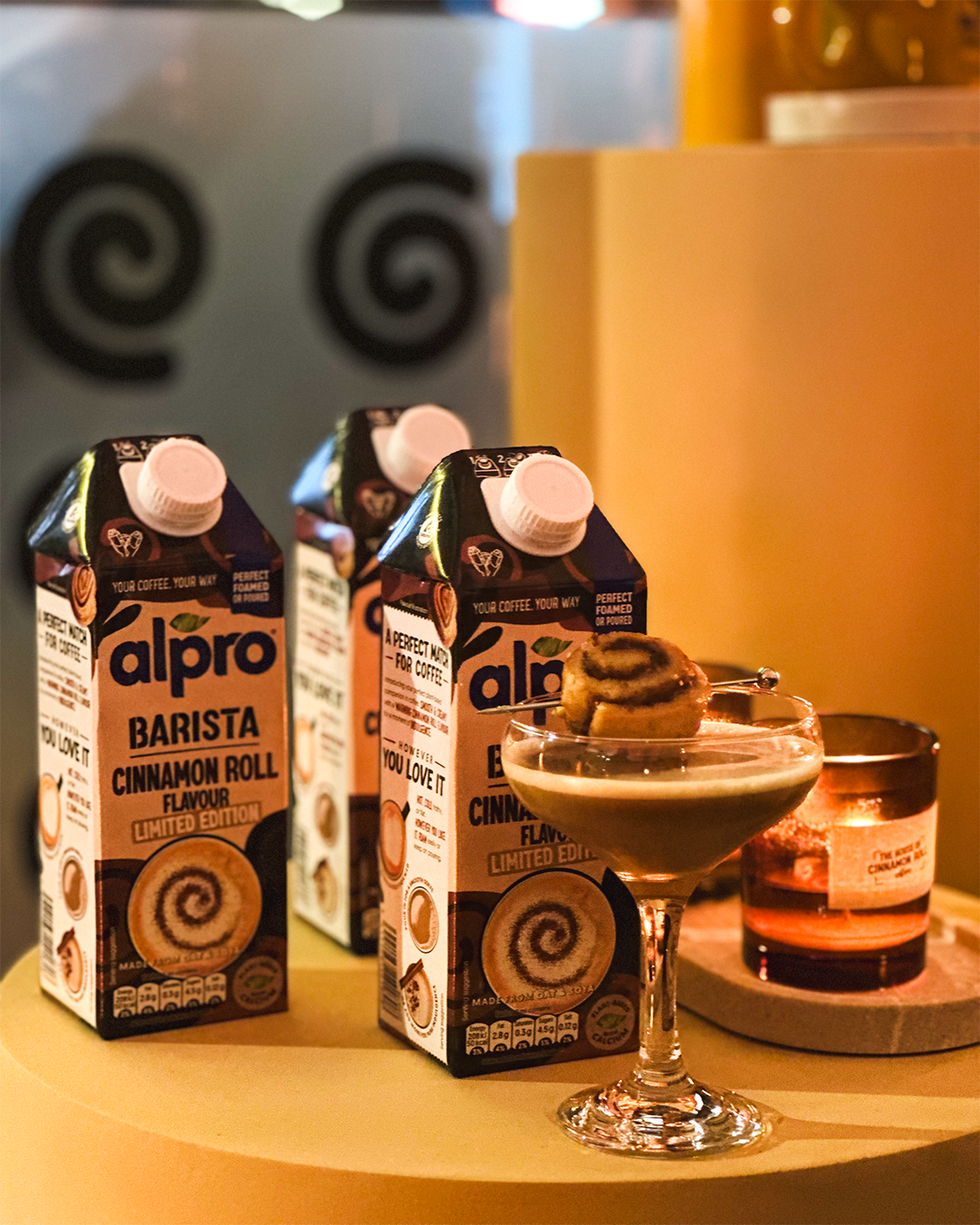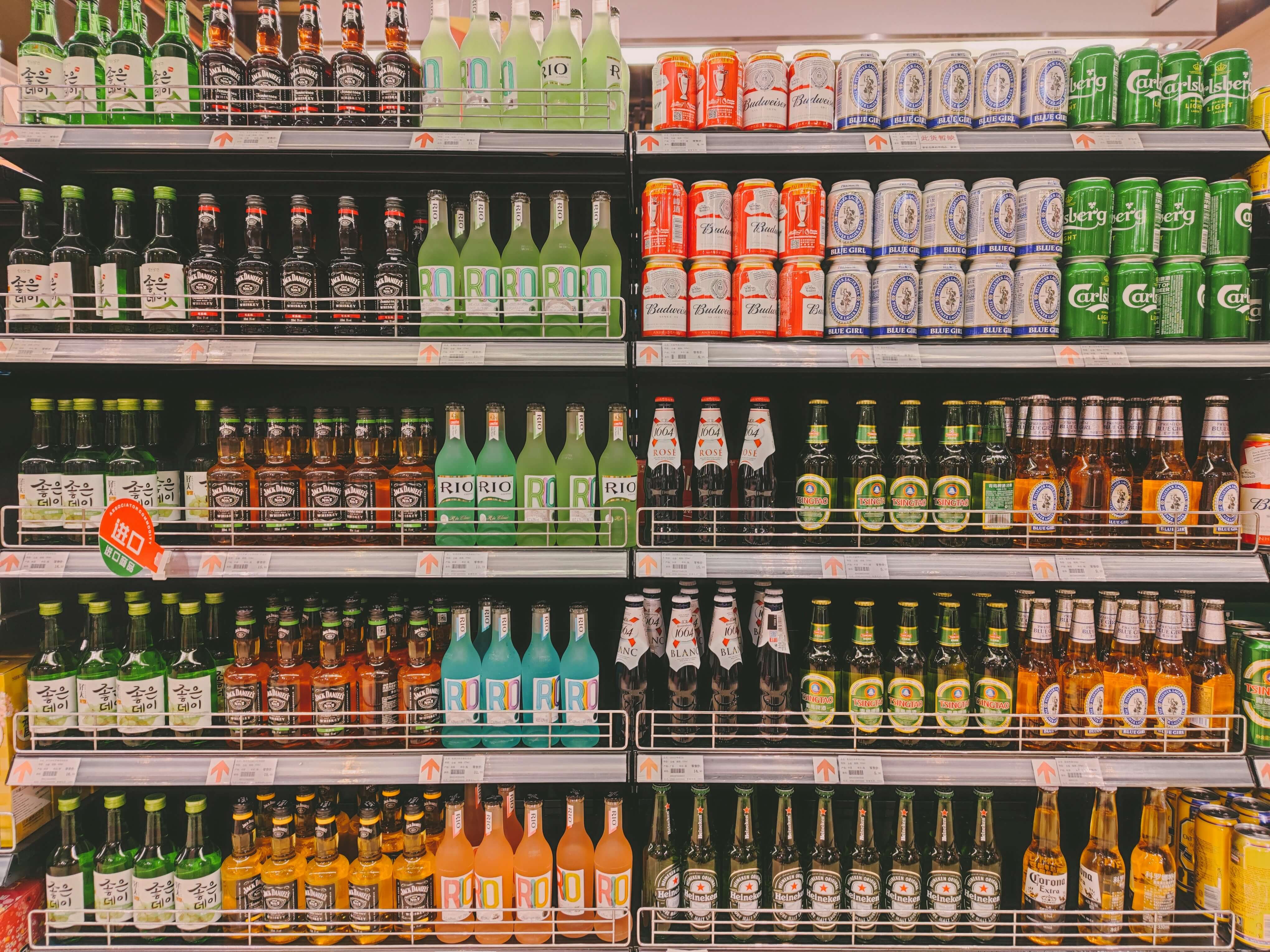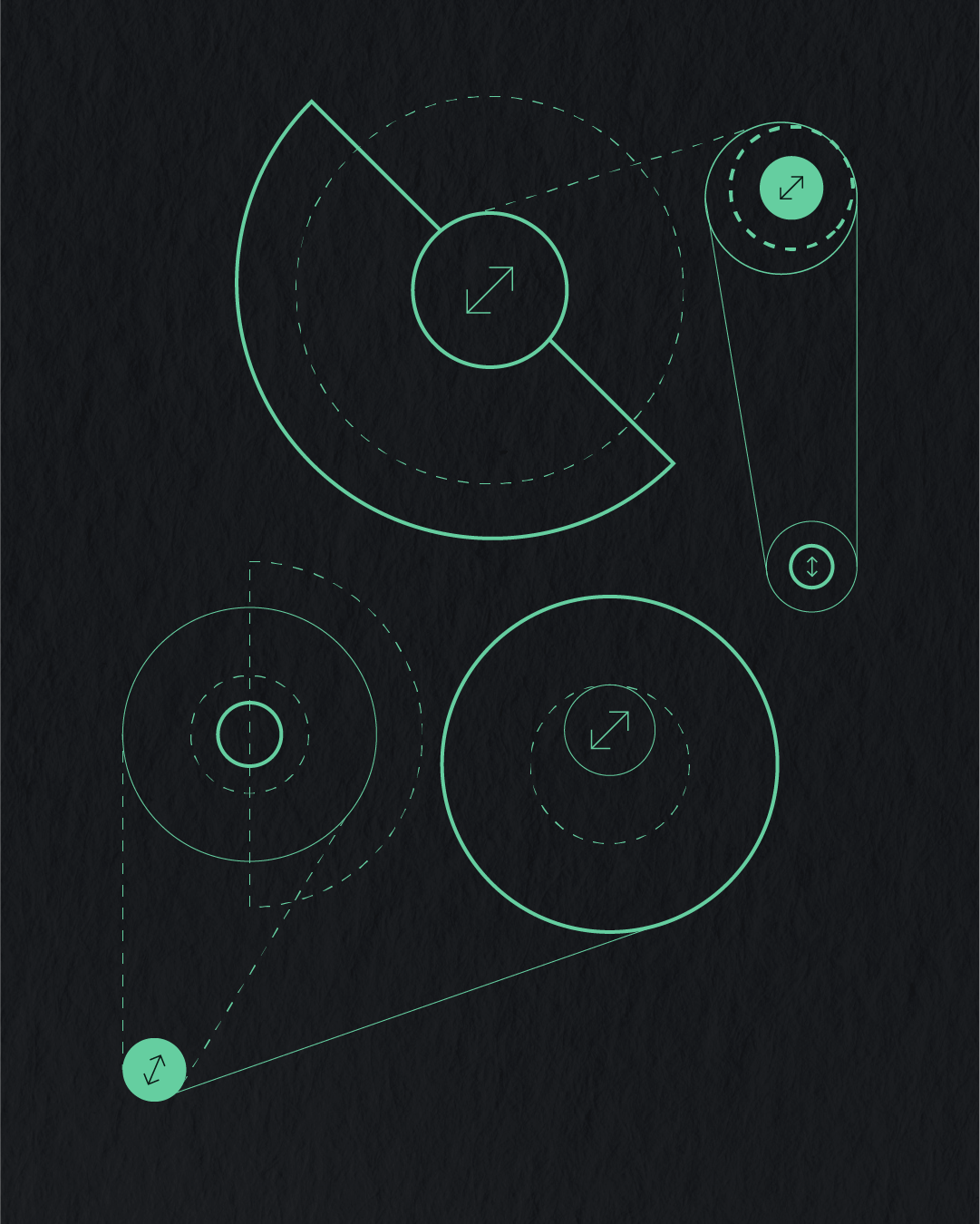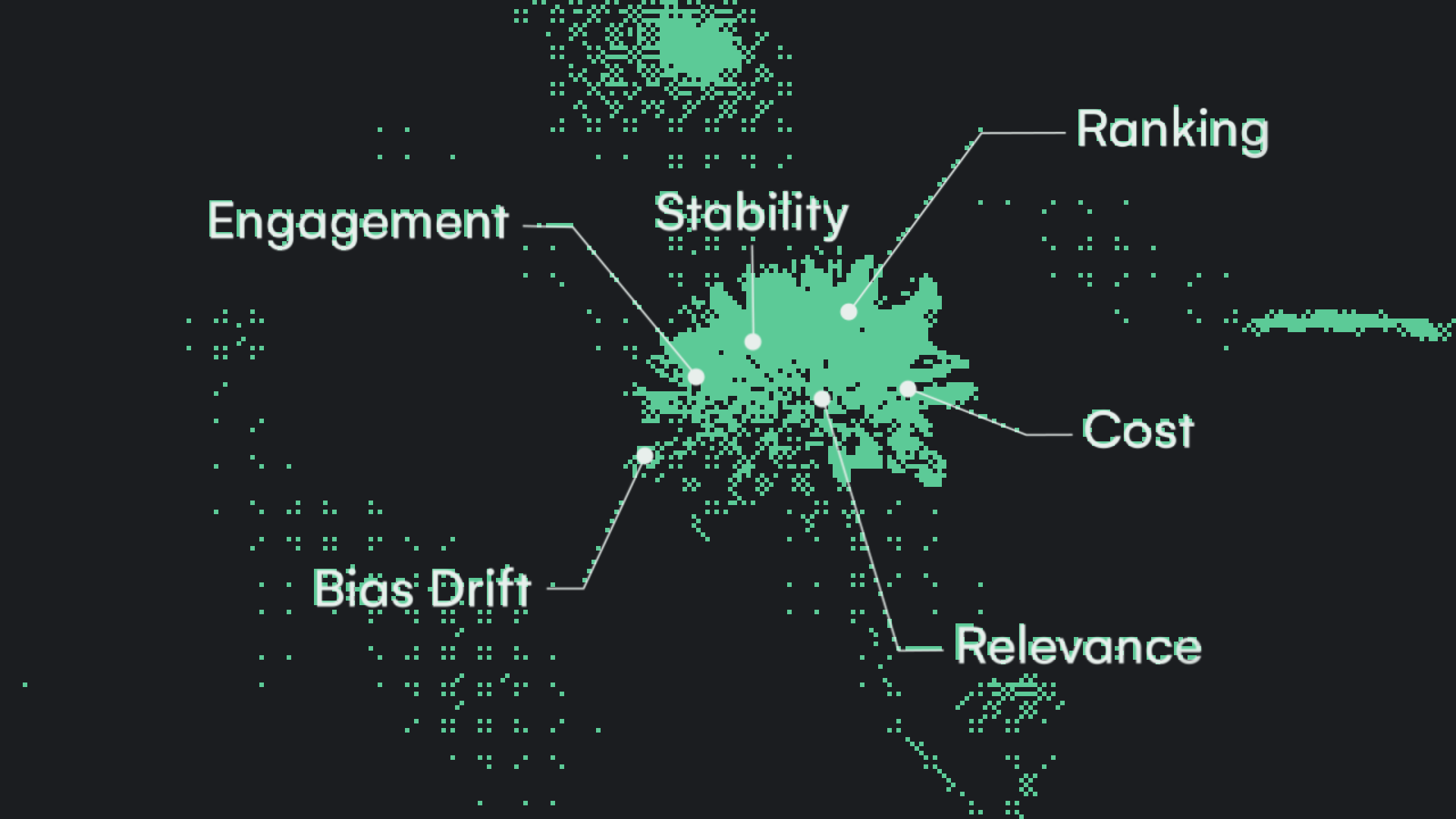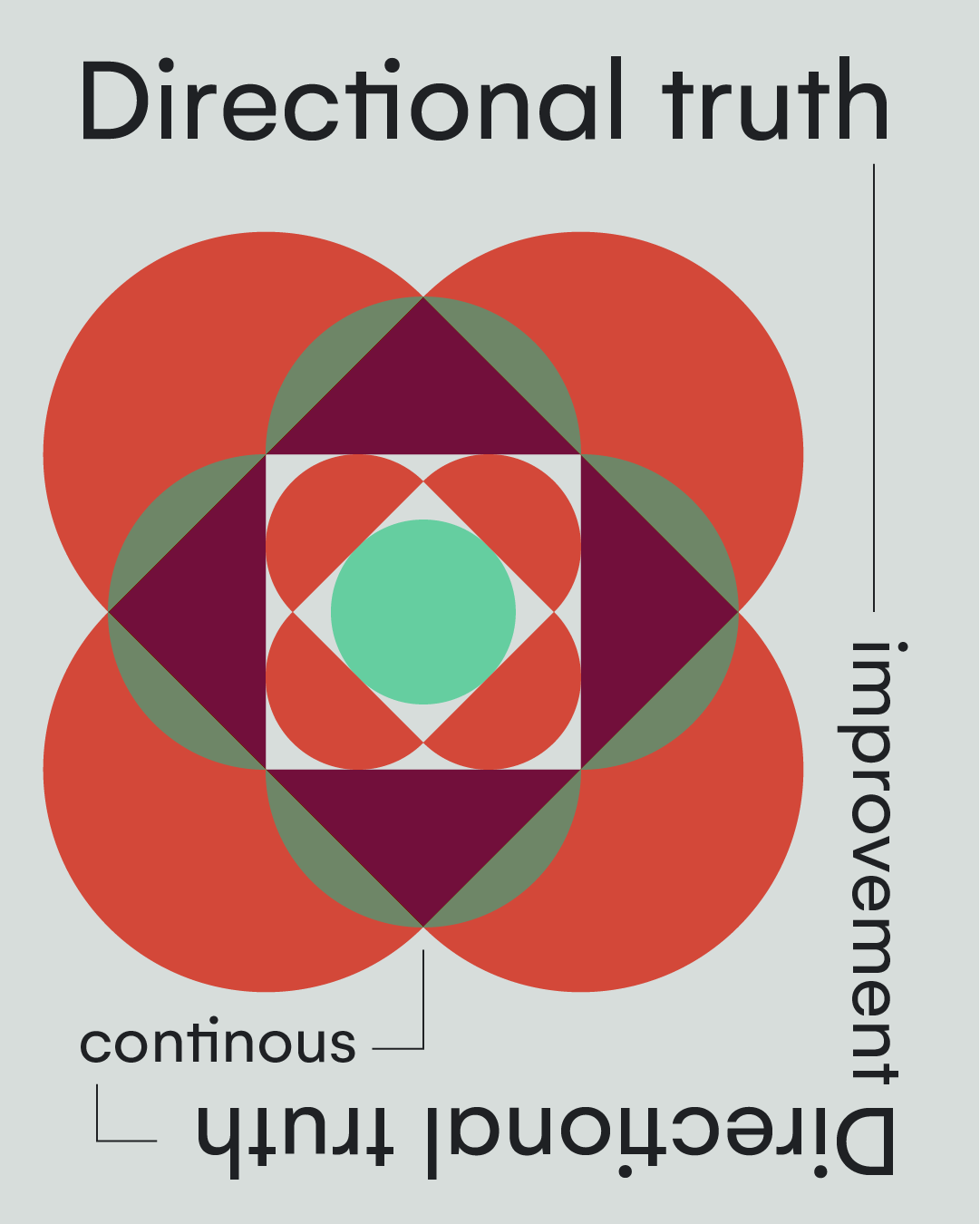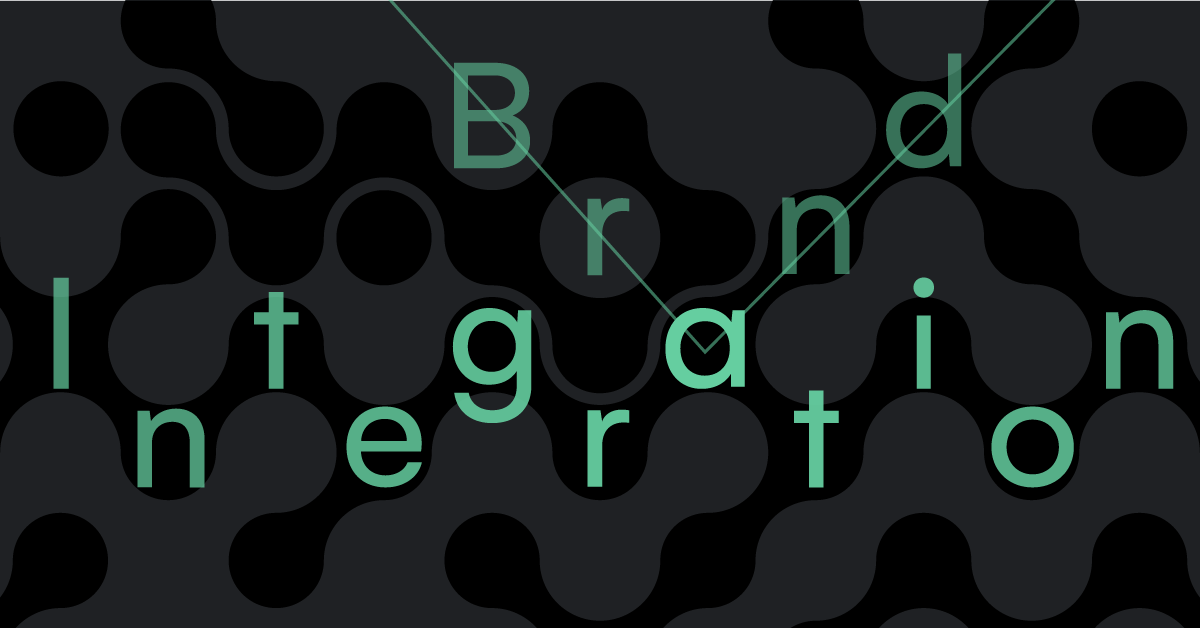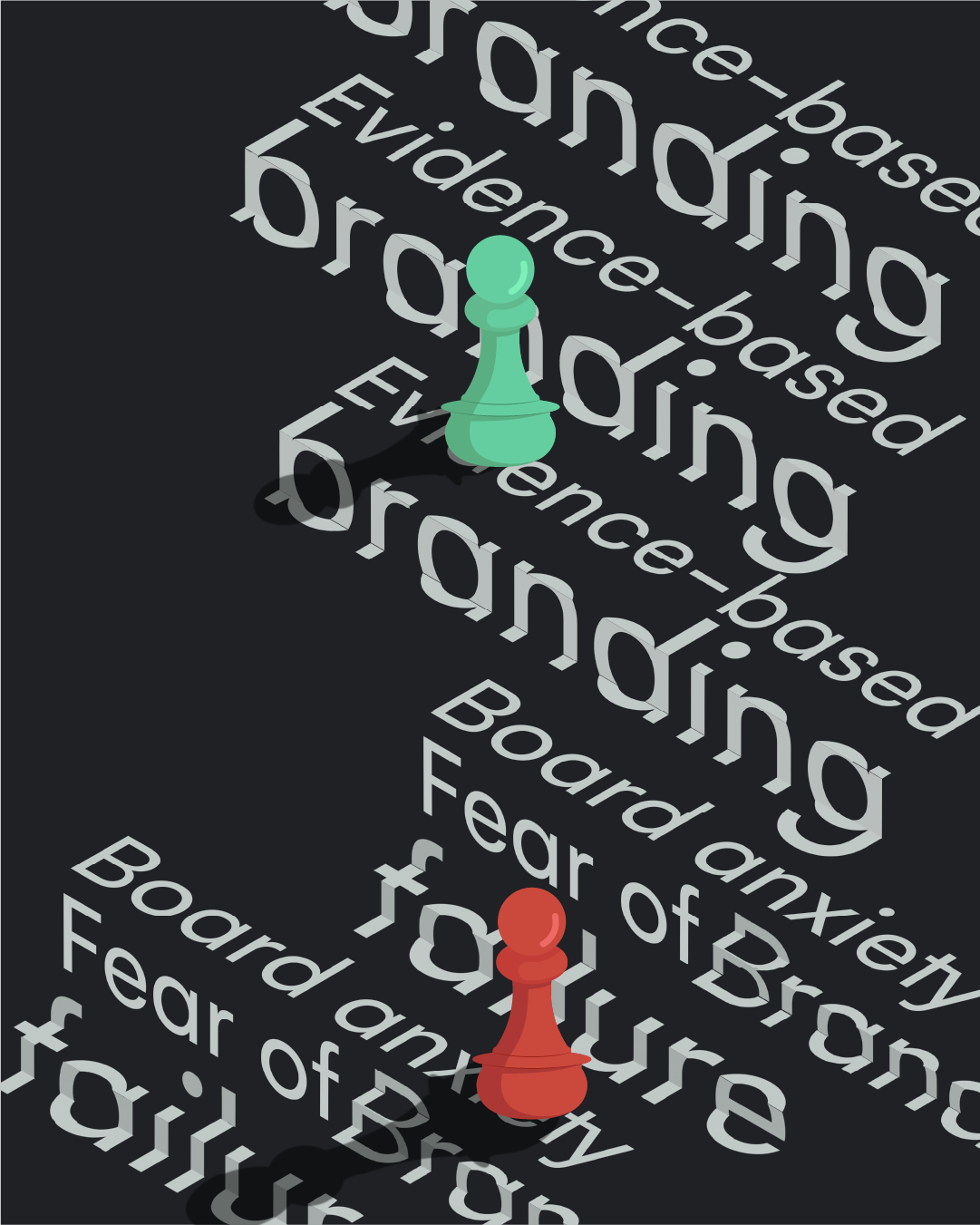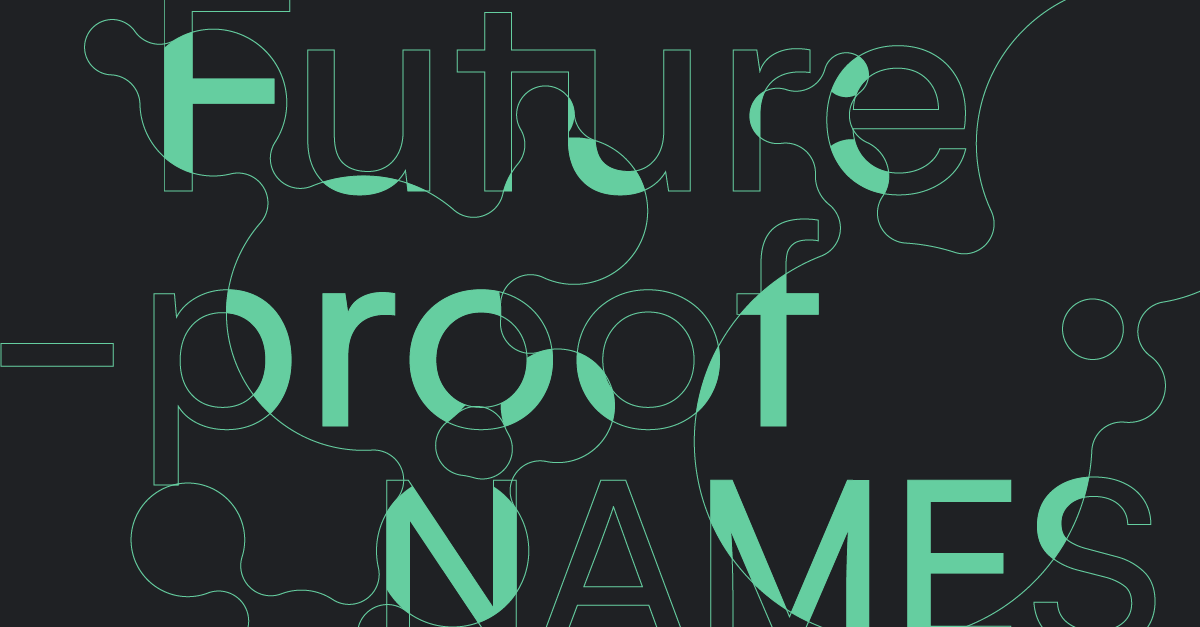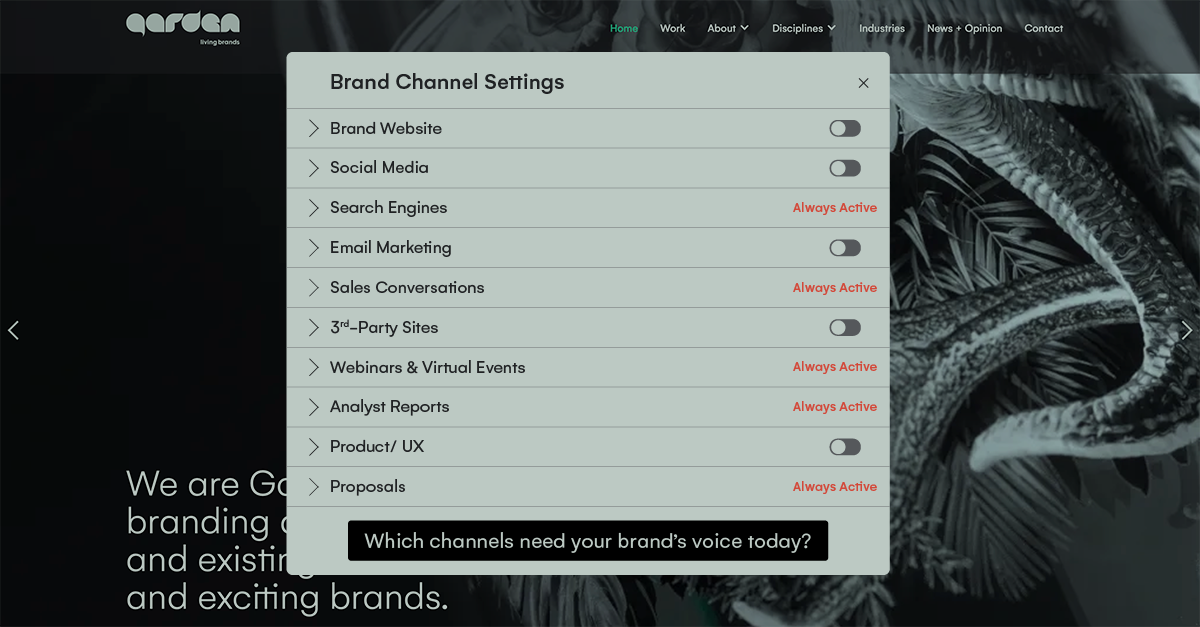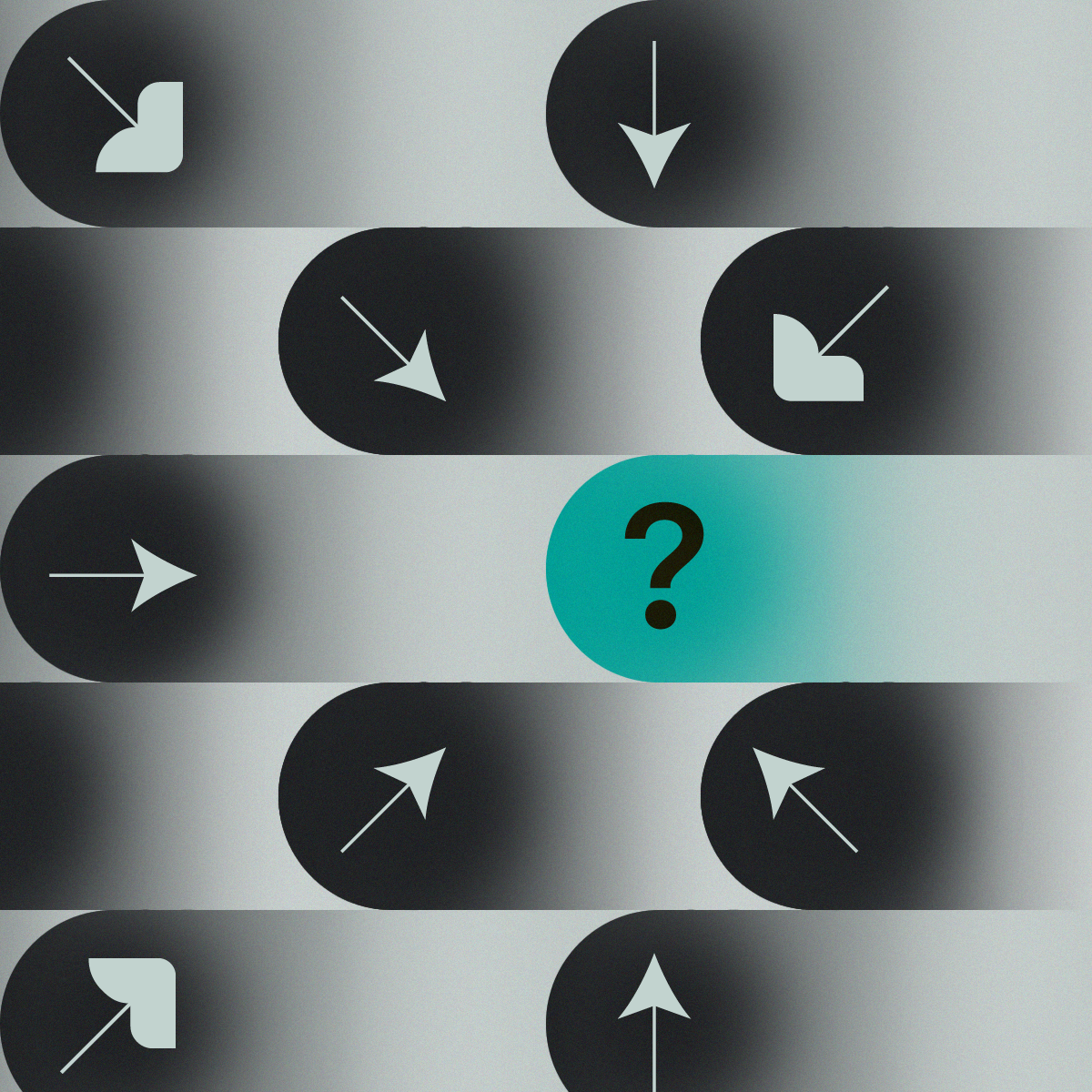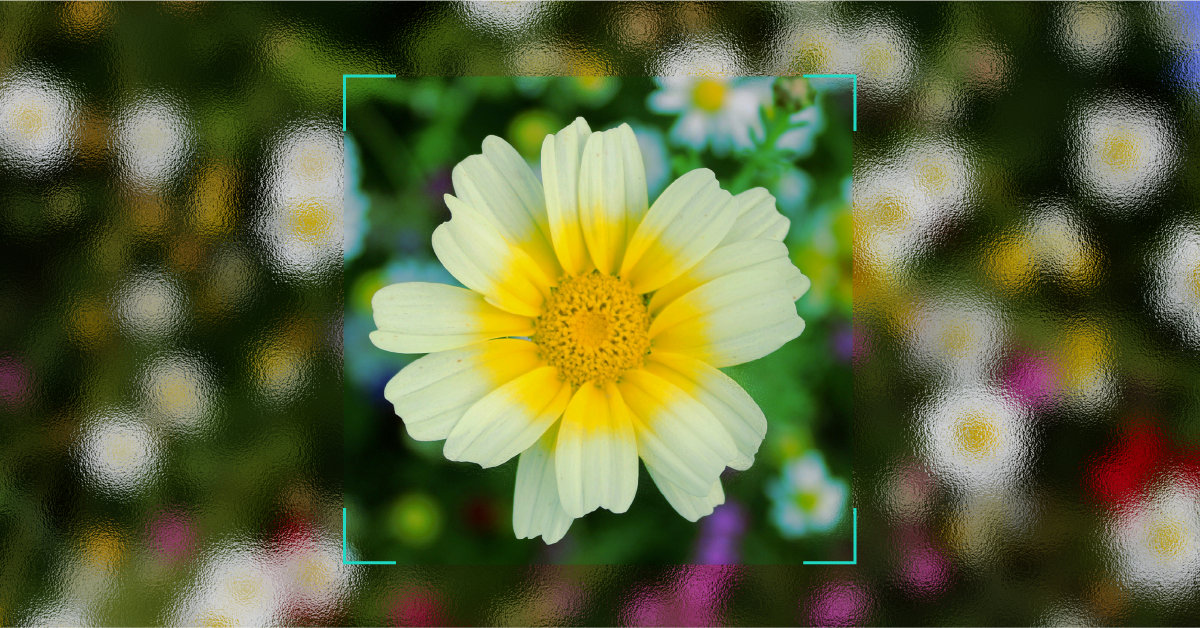All is fair in love and branding
Valentine’s day in 2025 is not only about romantic love but also about making meaningful and authentic connections.
What is Valentine’s Day truly about? Love? Or maybe it is more about showcasing our love for our special someone in the most extravagant way. Is it still about buying your loved one chocolates and flowers? As our society evolves, our views on Valentine’s Day have changed as well. Valentine’s day in 2025 is not only about romantic love but also about making meaningful and authentic connections. Let’s dive into how brands are tapping into this new and evolved holiday, in order to engage their audience and boost sales and build their brand identity.
If you think about it in a simplified way, Valentine’s Day at its core is about emotion. What people want is to feel special, seen and above all, loved. So how can a brand use that to its advantage? John Lewis for example has succeeded in modernising their Valentine’s campaigns through the emotional art of storytelling. Many companies take a similar approach, crafting campaigns that celebrate love, friendship, and the simple joy of human connection.
People love feeling special, and Valentine’s Day is the perfect excuse for brands to offer something unique. Limited-edition products, from personalised jewellery to specially designed packaging on chocolates and perfumes, all add an extra layer of exclusivity. Coca-Cola’s famous “Share a Coke” campaign, which let customers personalise bottles with names, is a great example of how personalisation can make an impact for Valentine’s Day.
However, love isn’t solely about romance anymore. There is a current trend focused around celebrating all kinds of love, weather it is friendship, family or even our beloved pets. There is a democratisation of the holiday, and this shift allows brands to connect with more people in a more meaningful way. For example, single girls now celebrate “Galentine’s day”! Gone are the days of feeling left out on February 14th , these modern and independent women instead gather to toast to their singledom and to the love they have for each other.

Social media has also become a key player in Valentine’s Day marketing, with brands using interactive campaigns to engage their audience. Giveaways, user-generated content, and clever hashtags encourage participation and buzz. Lush and ASOS, for example, have nailed the art of creating excitement on Instagram and TikTok through contests, influencer partnerships, and behind-the-scenes storytelling.
As brands have become an extension of who people are, they are determined to include everyone in the celebration, they have even managed to connect with people who simply despise the holiday. Humorous or anti-Valentine’s campaigns — like Burger King’s “Breakup Boxes” (where customers could swap photos of their ex for a free burger) — offer a light-hearted alternative that keeps the brand relevant and engaging.
Also, we should not forget the forgetful, last-minute celebrants who scramble to make reservations and find the perfect gift on a time crunch. Brands have their client’s back when it comes to rushed orders with an exponential increase of same day delivery orders. Amazon, for instance, makes sure that even the most absent-minded of us can pull off a thoughtful Valentine’s surprise with speedy delivery and tailored recommendations.
Ultimately, Valentine’s Day campaigns aren’t just about selling products — they’re about making connections. Whether through storytelling, personalisation, inclusivity, or humour, the best campaigns feel authentic and meaningful. At Garden, we’re all about helping brands create moments that truly matter, because great branding isn’t just about being seen — it’s about making people feel.
By Yasmine Aghedar







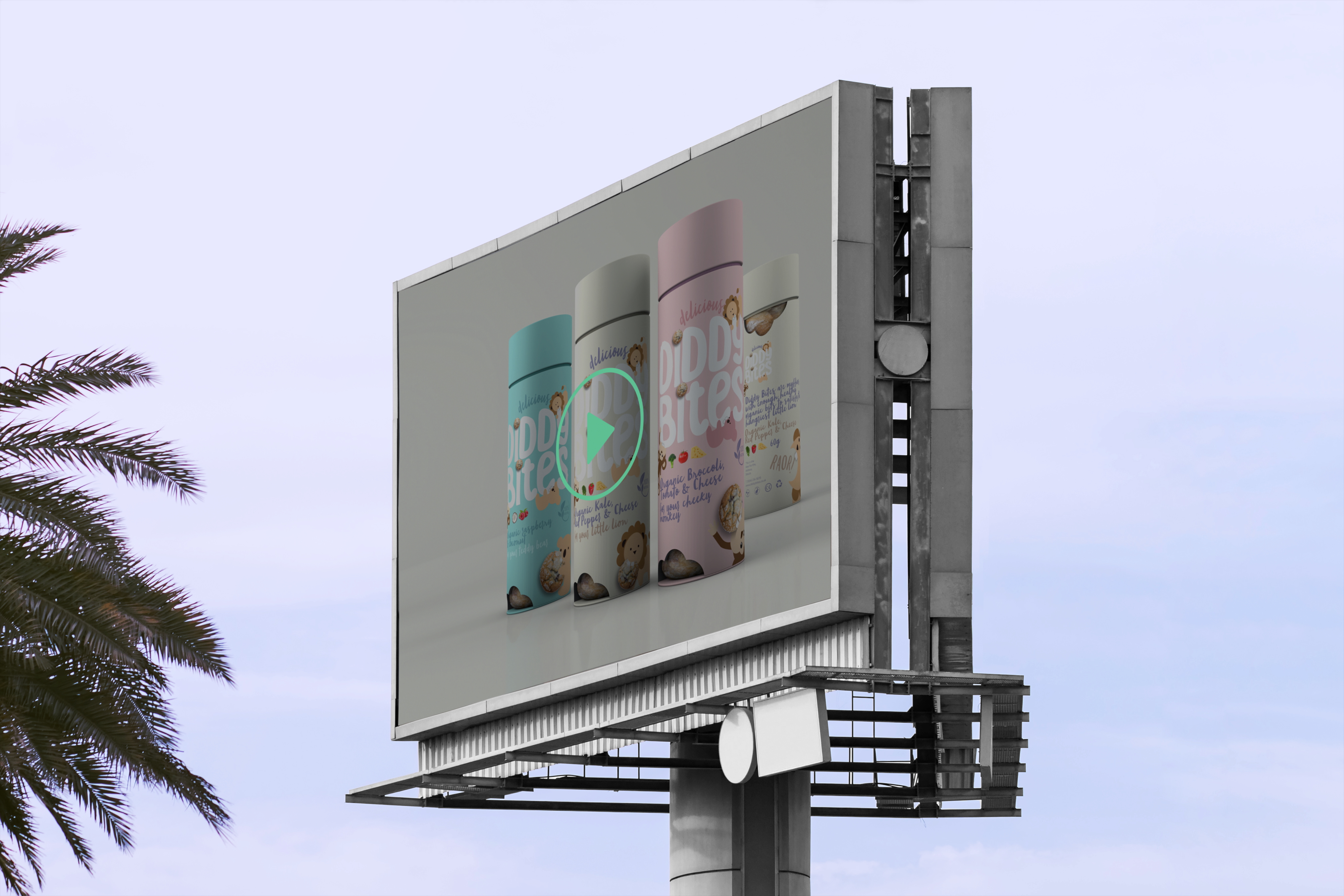
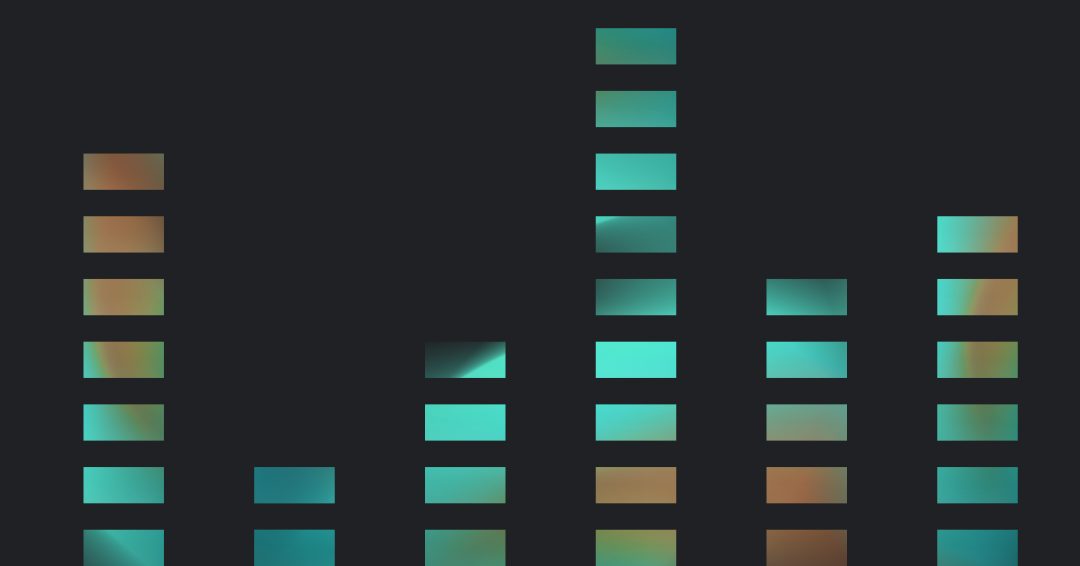




.jpg)
